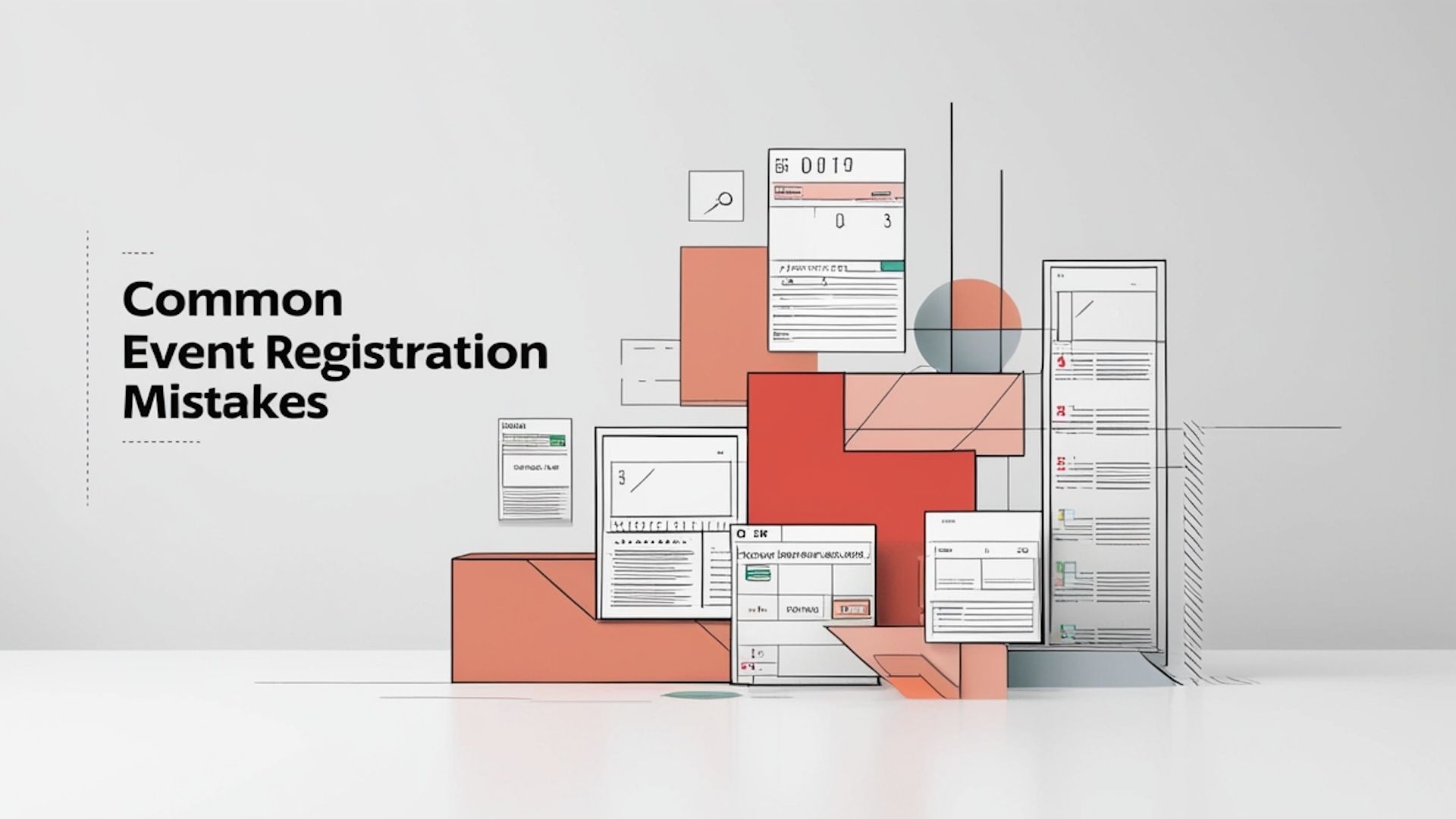Have you noticed that people register for your event but never show up?
I used to face this a lot. I’d assume registration was the hardest part and drop the ball on follow-ups, only to see attendees vanish by event day.
A strong follow-up strategy keeps them engaged and ensures they’ll attend. Without regular touchpoints, they might forget, lose interest, or get distracted by other plans. This is where an event app helps the most.
How to fix it:
- Send a confirmation email right after registration, reinforcing their decision to join and setting expectations.
- Build excitement with teasers in your event invites. Share early access to speaker announcements, event schedules, or exclusive content.
- Set up automated reminders:
- One week before: Share session highlights or event updates.
- One day before: Send check-in instructions and event tips..
- Morning of the event: Send a friendly reminder with last-minute access details or a ‘We can’t wait to see you!’ message.
- Add value to every reminder: Use these touchpoints not just as reminders, but to offer exclusive content, countdowns, or networking opportunities.
Pro Tip:
I found that using dynamic calendar invites (Google or Outlook) in confirmation emails reduced drop-offs. It kept the event top-of-mind and synced with attendees' daily routines. And automating reminders freed up my time, helping me focus on more impactful tasks.
Bonus: You’re not using an event app
In today’s digital world, event apps are essential. If your event management software doesn’t offer one—or if you’re not using an app at all—you’re missing out on improved attendee engagement and smoother event operations.
I once ran an event without an app, and the difference was noticeable. Communication was clunky, and attendees missed important updates. After switching to an event app, my engagement rates doubled. Pre-event communication, reminders, and real-time updates became effortless.

